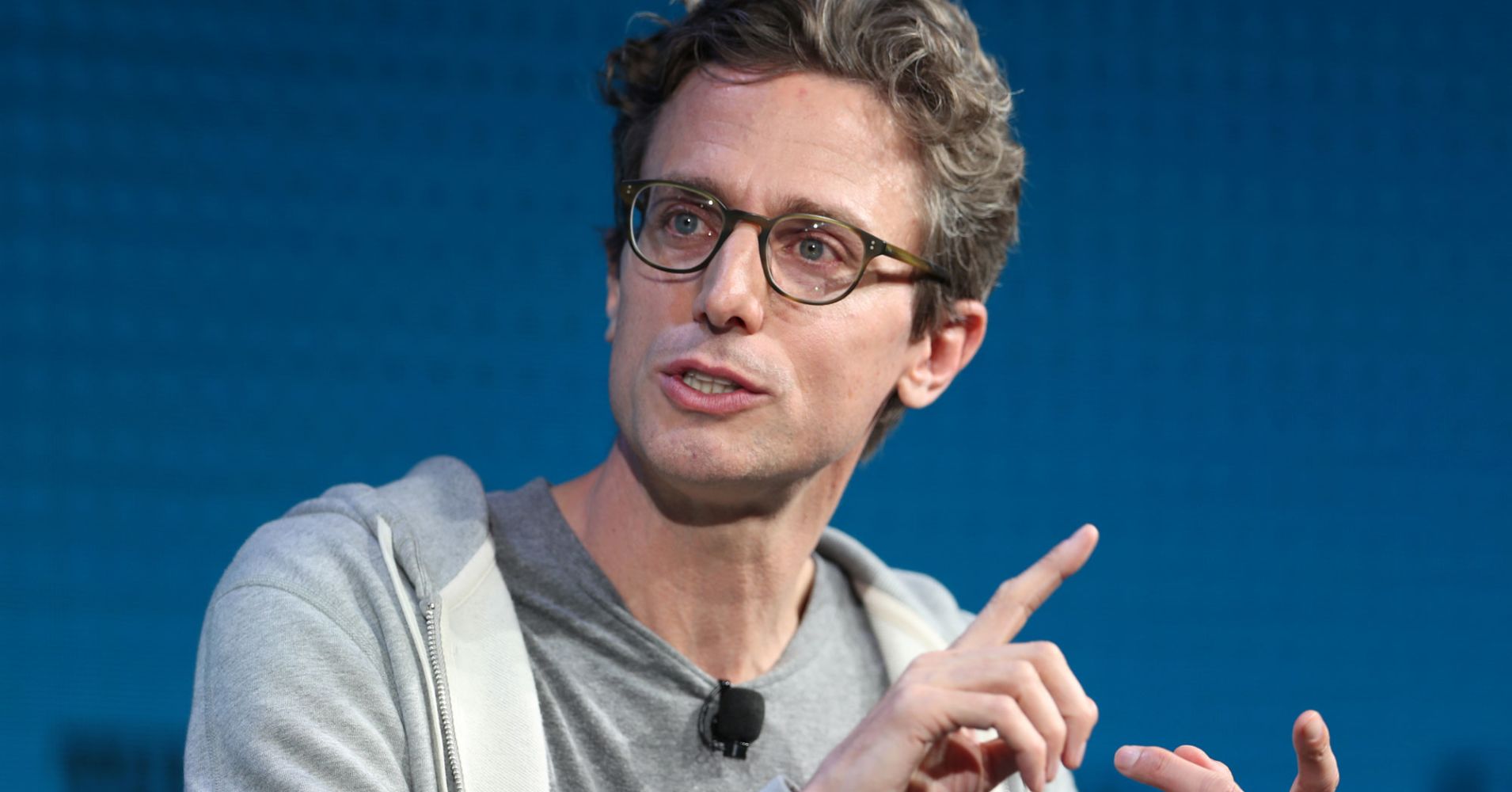It’s a dark time for online publishers. This week alone, hundreds of journalists and other employees were laid off by BuzzFeed, Verizon Media Group (which includes HuffPo and Yahoo) and Vice Media.
The perils of digital media are well documented. As advertising dollars shift online, the vast majority of the growth is going to the biggest audience aggregators, mostly Google and Facebook. Some digital media companies focused their attention on viral-potential content that historically did well on Facebook, or plowed big money into video because Facebook and advertisers demanded it, only to find themselves stranded when Facebook shifted priorities or audiences never showed up.
Now, the digital media industry seems focused on two possible solutions:
- Putting up paywalls to generate subscription revenue.
- Merging to gain scale for advertisers and sharing certain costs.
But maybe news organizations should be asking the question that drove Netflix in its infancy. How can I deliver my product in a new way that maximizes customer satisfaction?
Here’s one possibility — it requires cooperation and some polite copying of already existing technology. But it’s not overly complicated.
Imagine a bundled mobile product, for one reasonable price per month, that spits out new stories as they’re published. Algorithms or humans could curate the articles to suit each reader’s interests, promoting the “big” stories that will be conversation-drivers.
In other words, think a subscription Twitter, but each account is a news organization (or subsections of a news organization), not an individual.
There could be different bundles: choose three news sites for $12 a month, five for $15, or all of them for $40, for instance. Initial adoption of such a product may have to come with a Netflix-like enticement — a shockingly low price that can slowly be raised as the years go by. But if you’re in trouble (or have limited upside), you need to think outside the box.
Paying for this “news Twitter” would grant paywall access to all of the stories from those particular news sites. The content would still be available from the publications’ web sites directly, or from social media links, as long as you paid for the bundled subscription. But the idea would be to pay once at a discount, so readers would walk away with subscriptions to (say) The Athletic, New York Magazine and Business Insider in one fell swoop and have access to them in one place.
I don’t think anybody wants to pay 14 different news organizations $4.99 or $9.99 or $12.99 a month, each with separate log-ins and a different username and password that are too easy to forget.
We’re actually seeing the exact opposite of this phenomenon play out with traditional television. Fewer people want to pay $100 for a huge swath of channels (many of which they don’t watch), and consumers want to see the video they’re paying for on their mobile devices.
The traditional pay-TV model was a golden goose for media companies for decades, until Netflix upended it with a much cheaper, more technologically advanced offering: Get the content you want, when you want it, at one low monthly price. Now the largest media companies — Disney, Comcast, CBS, Viacom, Fox, Warner — are all catching up with their own over-the-top services, or getting out of the game altogether by selling or consolidating.
But that proliferation of subscription video services cannot last. It’s only a matter of time before we get a new bundle of streaming services, with better curation of content. Because, again, no one wants to pay for 10 streaming services, each with their own independent passwords and application. It’s clunky and annoying and quickly gets expensive.
The question, then, is can digital media companies figure out a way to keep everyone happy and work together on such a product? General business history suggests this is very difficult. Broad partnerships typically fail. (One benefit to consolidation is there are fewer companies to work with.)
Perhaps working with a third-party aggregation service is necessary. Apple is trying to play this role with its magazine application Texture, but sources say Apple has run into problems with untrusting media organizations that don’t want to hand over the customer billing relationship. Controlling the consumer’s buying decisions is important.
The TV industry dealt with this issue by having periodic re-negotiations between distributors and content originators on price (typically every few years or so), with ratings often driving the conversation. The pay-TV operator ends up with the joys and pains of dealing with the customer while content companies like Viacom and AMC cede control.
The traditional pay-TV model may be eroding, but it’s a great example of a broad partnership that lasted — media companies and distributors played by a set of rules, each side with some leverage, and hammered out agreements year after year.
If digital media companies want to swing big and avoid more rounds of depressing layoffs, they should be thinking of what customers really want. The status quo won’t cut it.
(Disclosure: Comcast owns CNBC parent company NBCUniversal and is an investor in BuzzFeed.)
WATCH:
How media streamers could take on Netflix
For traders: our Portfolio of forex robots for automated trading has low risk and stable profit. You can try to test results of our download forex ea
Signal2forex review


 Signal2forex.com - Best Forex robots and signals
Signal2forex.com - Best Forex robots and signals




